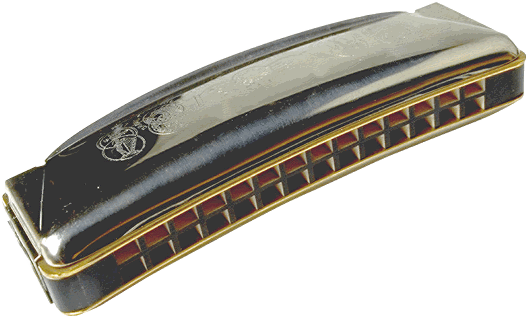Flute is a wooden made musical instrument. The oldest flute consists if two to four holes. The five-holed flute has a V-shaped mouthpiece and is made from a vulture wing bone. A flute produces sound when a stream of air directed across a hole in the instrument creates a vibration of air at the hole. It produces sound as per we blow air in it through the mouth.

Bamboo flute is the most important musical instrument in classical music. The Hindu God Krishna is traditionally considered a master of the Bansuri. It is played through our fingers and mouth. Its a unique type of musical instrument and is very popular in nepali society ani culture.In its most basic form, a flute can be an open tube which is blown like a bottle. There are several broad classes of flutes. With most flutes, the musician blows directly across the edge of the mouthpiece. However, some flutes, such as the whistle, gemshorn, flageolet, recorder, tinwhistle, tonette, fujara, and ocarina have a duct that directs the air onto the edge (an arrangement that is termed a "fipple").
 Harmonica is a mouth played musical instrument. It is also called harp. It is used in blues, jazz, rock and roll, american folk music and in country music. It is played by blowing air through mouth. It consists of multiple holes and when air through our mouth enters the hole different tone came out from it. The pressure caused by blowing or drawing air into the reed chambers causes a reed or multiple reeds to vibrate up and down creating sound.
Harmonica is a mouth played musical instrument. It is also called harp. It is used in blues, jazz, rock and roll, american folk music and in country music. It is played by blowing air through mouth. It consists of multiple holes and when air through our mouth enters the hole different tone came out from it. The pressure caused by blowing or drawing air into the reed chambers causes a reed or multiple reeds to vibrate up and down creating sound.








